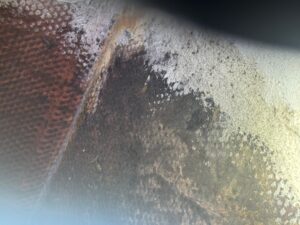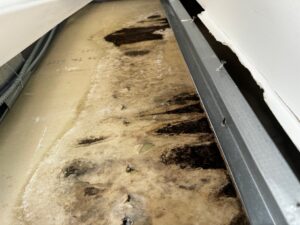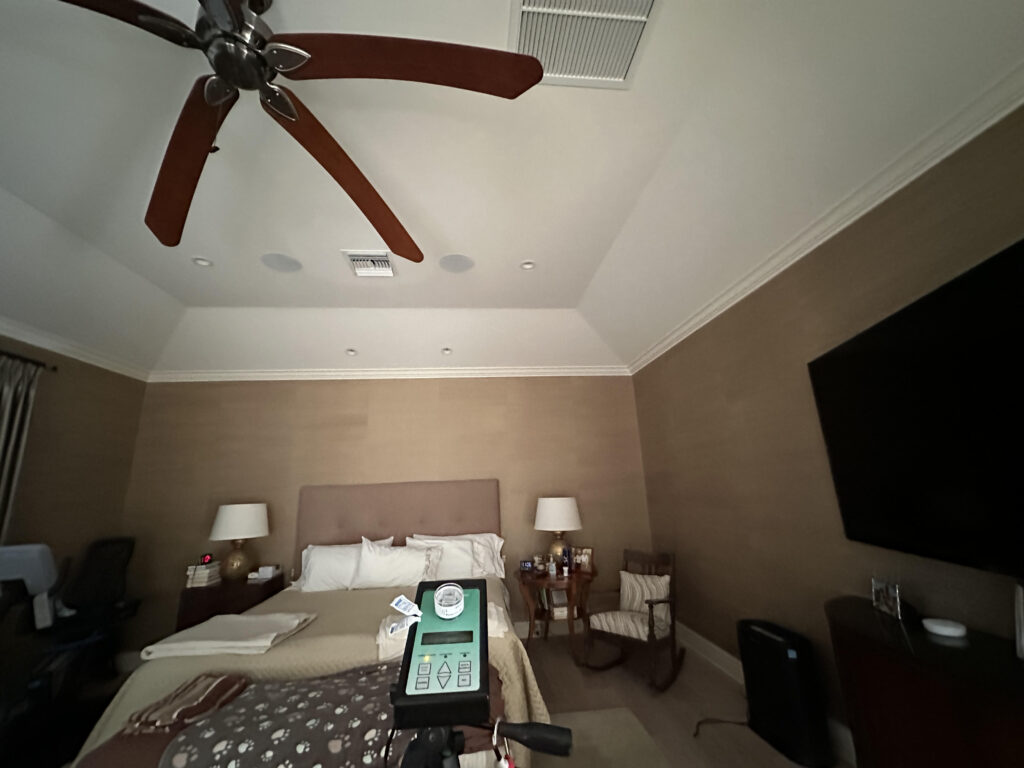The most feared type of mold in a building occupant’s eyes is black mold. But most people don’t even know what black mold is. The technical term for it is Stachybotrys chartarum and it can cause serious health effects. Well, here is some good news for you that may surprise you, if you think black mold is growing in your HVAC ducts, it’s not, especially if you have fiberglass ductboard. In this article, we will discuss why black mold doesn’t grow in fiberglass HVAC ducts.
Before we get into why black mold will generally not be anywhere to be found in your air conditioning system, let’s take a look at situations when Stachybotrys will grow.
Understanding Stachybotrys and Its Needs
Stachybotrys is a slow growing mold that thrives in environments that are both moist and rich in organic material. Think of it like a picky eater—it’s looking for a specific kind of buffet. Stachybotrys prefers:
- High Humidity: Above 60% relative humidity is ideal.
- Organic Material: It feeds on materials like wood, paper, and cardboard. This is why you will almost always find black mold on drywall.
Given these requirements, let’s look at why fiberglass ducts are not the mold’s ideal dining spot.

Fiberglass Ducts and Mold Growth
Fiberglass ducts are a common choice in HVAC systems due to their insulating properties and ease of installation. Here’s why these ducts are not a mold-friendly environment:
- Material Composition: Fiberglass ducts are made from layers of fiberglass and are coated with a special sealant. This sealant helps prevent the fiberglass from absorbing moisture, which is crucial because Stachybotrys requires high moisture levels to thrive. The non-porous nature of fiberglass means there isn’t an easy way for the mold to get a foothold.
- Lack of Organic Material: Stachybotrys feeds on organic materials, but fiberglass is inorganic. It doesn’t provide the mold with the nutrients it needs to grow. Without a food source, Stachybotrys has no reason to colonize fiberglass ducts.
Now, just because black mold doesn’t grow in fiberglass HVAC ducts, it does not mean that it can’t be found at all. Stachybotrys can be transported through the HVAC system if it becomes airborne. Mold won’t grow on fiberglass ductwork but it can grow on the dust, debris and other type of particles that accumulate in the HVAC system.
Environmental Conditions in HVAC Systems
HVAC systems are designed to manage both temperature and humidity, which plays a significant role in mold control.
Modern HVAC systems are equipped to keep indoor humidity levels between 30% and 50%. This is well below the 60% threshold that Stachybotrys needs. By maintaining these lower humidity levels, HVAC systems help create an environment that is inhospitable to mold growth.
Fiberglass ducts, like other types of HVAC ducts, are designed to facilitate consistent airflow. Stachybotrys prefers stagnant, high-humidity areas where moisture can accumulate. The constant airflow through HVAC systems helps prevent such stagnant conditions.

Real-World Examples and Expert Opinions
A study by the National Air Duct Cleaners Association (NADCA) highlights that well-maintained HVAC systems with fiberglass ducts show significantly lower rates of mold contamination compared to systems with organic or improperly maintained duct liners (NADCA, 2022). This supports the idea that fiberglass ducts, when kept clean and dry, do not provide the right conditions for mold growth.
Conclusion
Stachybotrys chartarum, or black mold, is notorious for its health risks, but it doesn’t typically grow in fiberglass HVAC ducts. This is primarily due to the nature of the fiberglass material itself—being non-porous and lacking organic content—combined with the controlled environmental conditions provided by modern HVAC systems.

By maintaining a dry, clean, and well-ventilated HVAC system, you can further reduce the likelihood of any mold, including Stachybotrys, becoming a problem. So, if you’re using fiberglass ducts, you’re already ahead in the battle against mold. Keep up with regular maintenance, and you’ll keep your indoor air quality in check.


